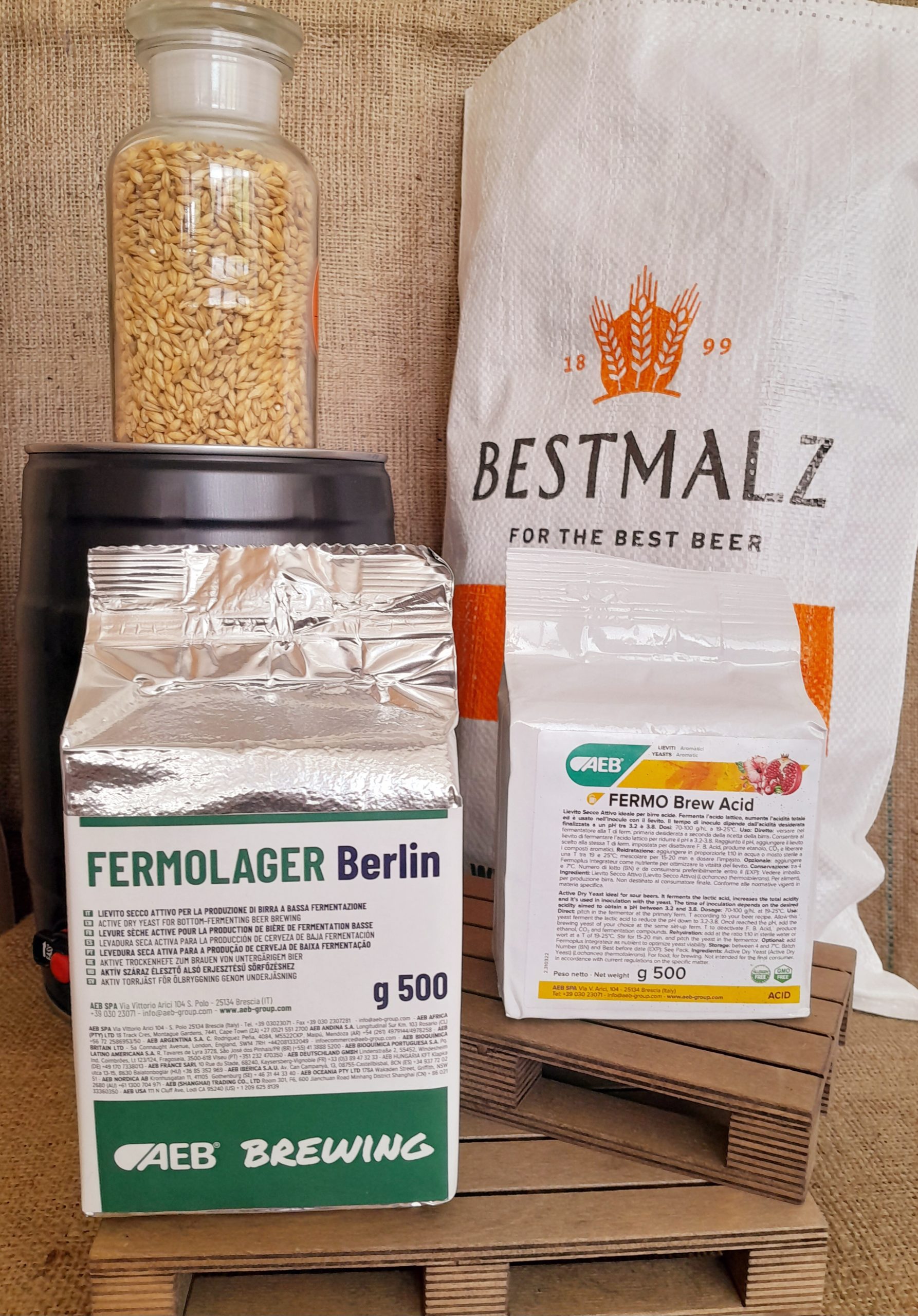2024 Harvest Forecast for German Malting-Quality Barley
Based on several evaluations during many field trips into malting barley fields across Germany, as well as various informational events organized in recent weeks by the malting barley state associations and other interested stakeholders, the German Malting Barley Association is pleased to publish its first harvest forecast for 2024.
According to the Federal Statistics Office, compared to 2023, the area under spring barley cultivation in Germany has increased by 13 percent and now amounts to 363,000 ha. In many growing regions, there have been significant shifts towards sowing spring barley varieties in the fall, in addition to winter barley. However, this practice is not reflected in official statistics because they count any spring barley planted in the fall as winter barley. Even though fall sowing conditions were unfavorable in Germany last year, the total area under winter barley cultivation still grew by some 2.5 percent. This is largely because of the negative experiences farmers had with dry springs and wet harvest conditions in recent years. Therefore, in cooperation with the processing industries, many farmers switched to a three-pillar model (winter barley, fall-planted spring barley, and spring-planted spring barley) as a hedge against such contingencies, and to ensure a sufficient supply of domestic malting barley.
Unlike in past years, however, spring was very changeable and wet in 2024. This widened the planting window from mid/late February to early April, when soils were finally dry enough to work the remaining fields. But the delays proved worthwhile because the water supply was just right for the emergence and tillering phases. Only a few regions experienced soggy soils with insufficient soil aeration, which retarded the initial plant development phases there.
On the flip side, the abundant rainfall combined with warm temperatures also led to an increase in disease pressures, while it often also forestalled plant protection measures because of difficulties in the timely access to crops in the fields. Especially in southern Germany, conditions promoted infestations of ramularia, a dreaded fungal pest.
On balance though, the abundant water supply led to good tillering, plenty of ear-bearing stalks, and an excellent grain-filling phase, which is why yields are expected to be average to above average this year. Protein levels will be low to very low. Some fields with winter barley have already been harvested with good quality, but yields are slightly below that of previous years. In early growing regions, the spring barley harvest is also underway. However, because the weather has become changeable recently, there are only short, sporadic harvest windows, which means the overall harvest period is likely to drag out from mid-July to mid-August, especially in Upper Franconia.
The variety selection is now dominated by Amidala and Lexy, as well as Leandra, KWS Sommerset, and KWS Donau, while such older varieties such as RGT Planet and Prospect are slowly being phased out. In addition, newly approved varieties recommended by the Berlin Program, such as LG Caruso and Sting, are also coming on line.
For the Braugersten-Gemeinschaft e.V.
Walter König








